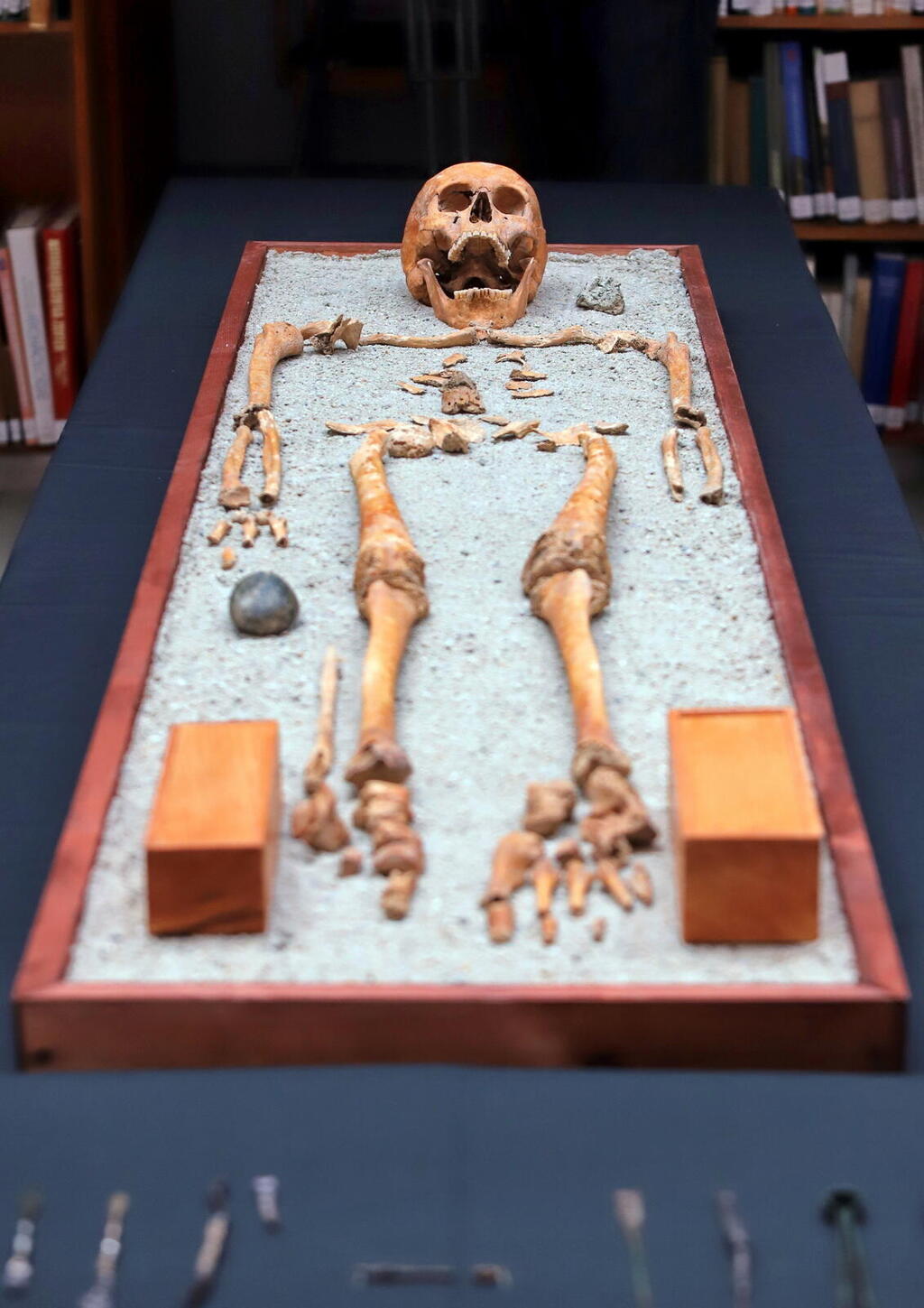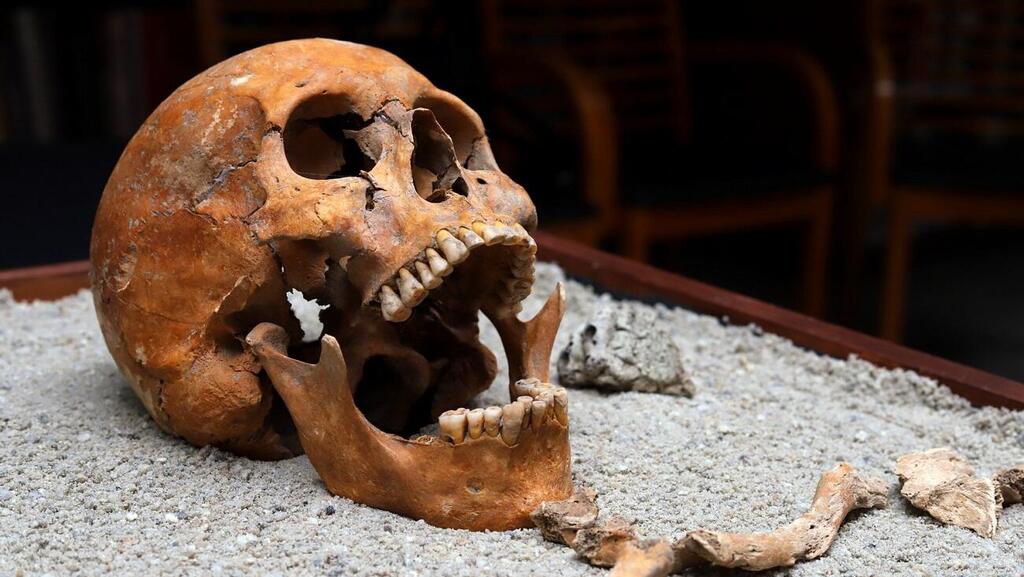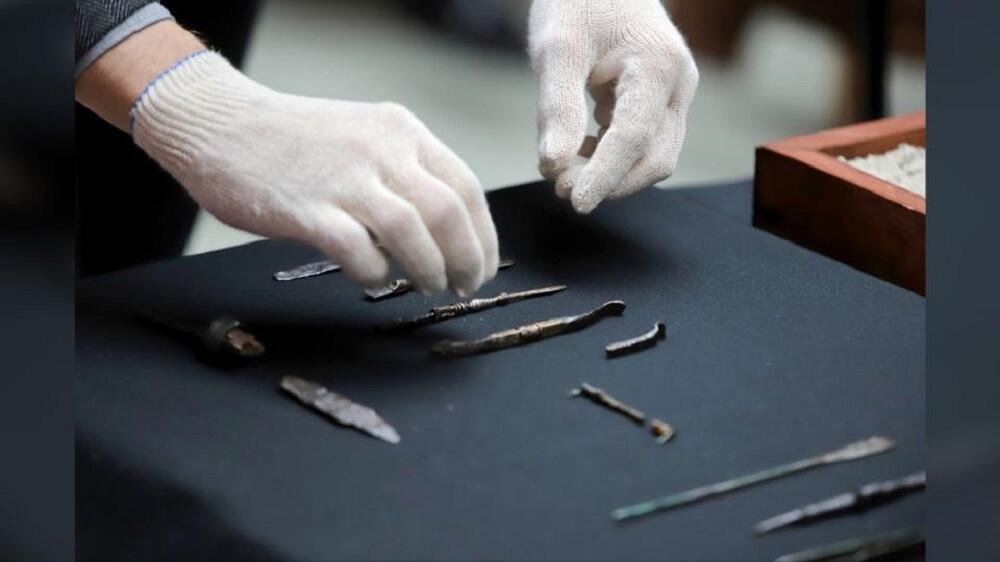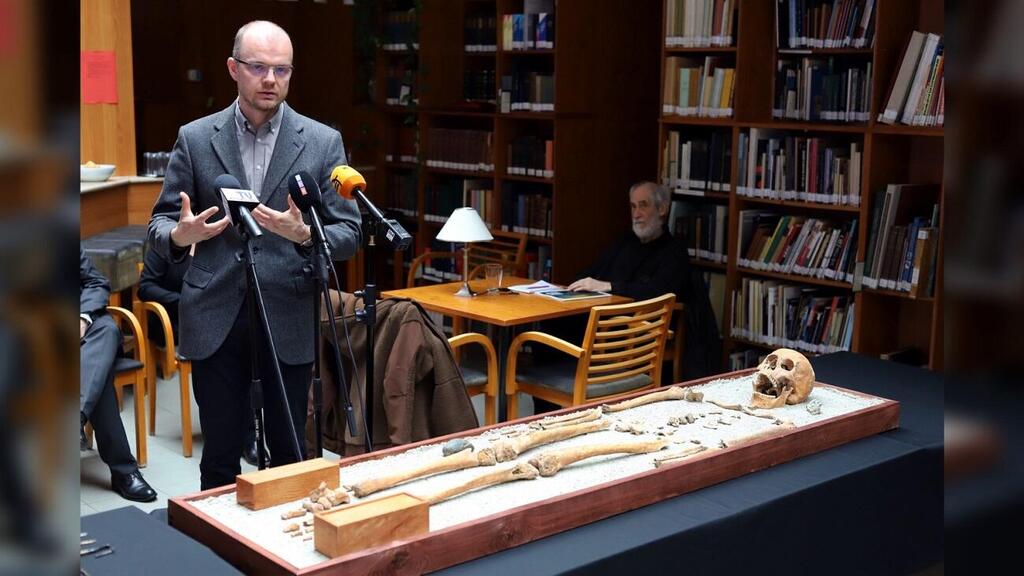Getting your Trinity Audio player ready...
Archaeologists have uncovered a collection of medical tools in Hungary that are approximately 2,000 years old, which experts believe belonged to a Roman doctor from the first century CE.
Other stories:
The collection includes needles, forceps, scalpels and bone saws. According to researchers, the tools belonged to a doctor from the Roman Empire who traveled beyond Roman borders to treat patients and were buried in the area after his death.
Researchers stated that the medical tool kit is a rare find. The archeological team from the Eötvös Loránd University (ELTE), located in Budapest, said that similar items were only discovered in Pompeii, an ancient Roman city in Italy's Campania region, which was destroyed and abandoned due to the eruption of Mount Vesuvius in 79 CE.
"It is striking in itself that a doctor equipped with such prestigious equipment visited this area," members of the team said, explaining that the Romans considered the area and the tribes located there as "barbarians" due to their location outside of Roman control.
"The current assumption is that the well-equipped doctor, probably trained in one of the Imperial centers, may have traveled to this area to save someone," the team added in a statement reported by the Livescience website.
The Roman-era grave site is located close to the city of Jászberény, in the Jászság region of Hungary, about 55 kilometers (35 miles) east of Budapest.
Archeologist Dr. Lebente Samu, who's part of the team who carried out the excavation, released a statement saying the tools were found in two wooden chests at the foot of the doctor's grave and included pliers, needles, forceps, and "top-quality scalpels suitable for surgical procedures."
When the medical tools were inspected more deeply, researchers discovered they were made from a copper alloy decorated with silver and replaceable razors.
Also during the excavations, a whetstone was found at the site which was used to sharpen the blades and possibly also to prepare and boil medicinal plants.
Similar surgical knives were discovered in Gaul - a historic region in today's France where Gaulish tribes lived during the Iron Age and the Roman period.
Hungarian archaeologists also found the almost complete skeleton of who they presume to be the Roman physician, estimated to have been between 50 and 60 years old at the time of his death, though researchers have still been unable to determine his cause of death as his bones give no indication to any disease or trauma he may have suffered.
4 View gallery


The skeletal remains and two wooden boxes containing tools found in Hungary
(Photo: ELTE Faculty of Humanities)
The reason for the man's arrival in the region – which was controlled by Sarmatians at the time - has not yet been deduced. The region served as a buffer zone between Roman hegemony and those of the Dacians further north, which the Romans fought fiercely until Emperor Trajan's wars in the area during the second century CE.
After the Marcomannic Wars, which took place between the Roman Empire and several tribes from 166 to 188 CE, including the Germanic Marcomanni and Sarmatians, the region became part of Rome until the fifth century CE, when it fell into the hands of the Huns.




